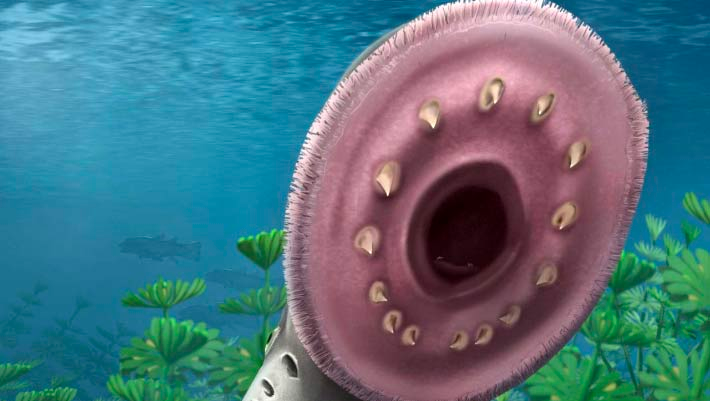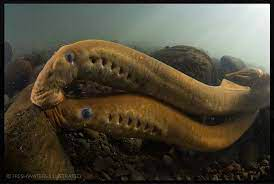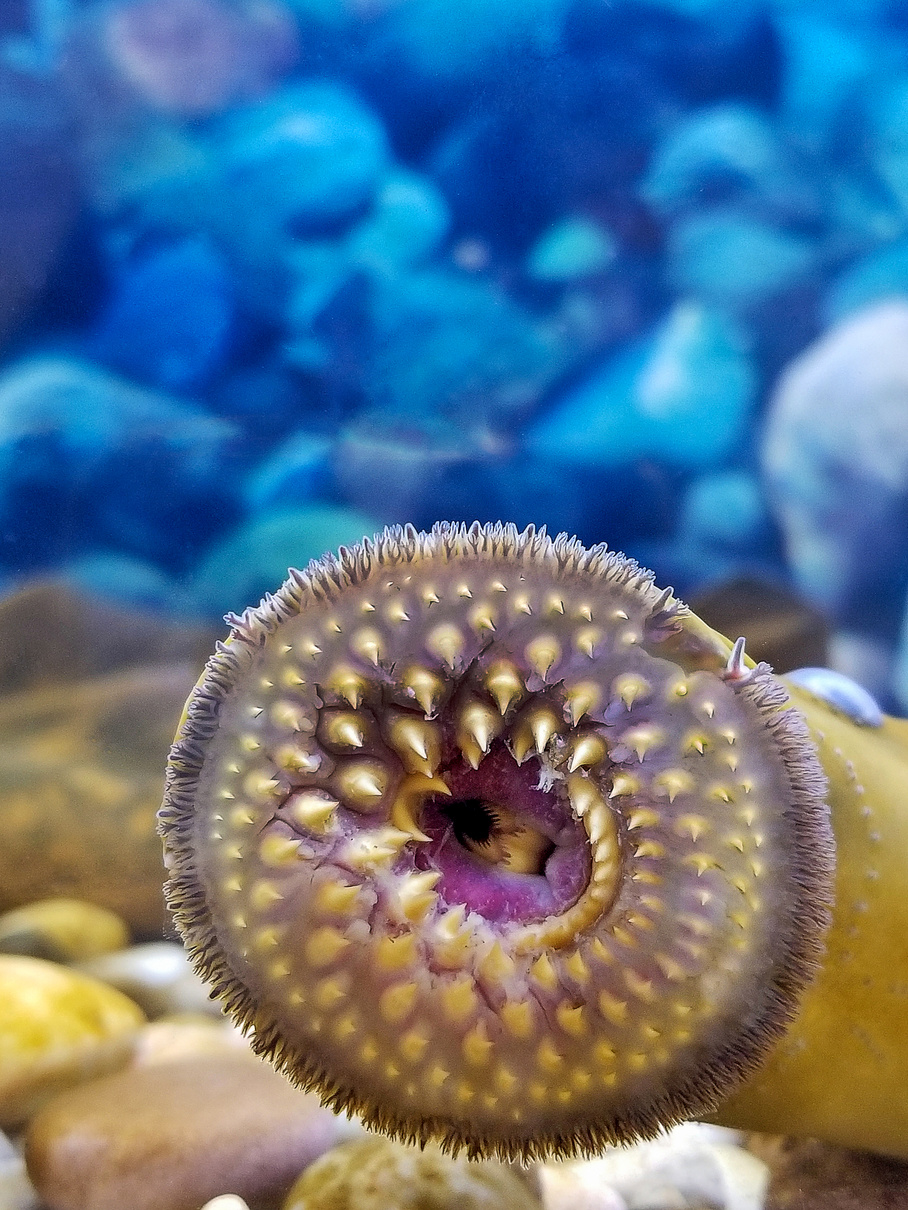
Pirates Protect!
The Bottenose

Artwork by Kim Hall


https://genomes.stowers.org/pacificlamprey
Common Name: Pacific Lamprey
Scientific Name: Entosphenus tridentatus
Type of Animal: Jawless fish (Agnatha)
Diet: Juveniles are filter-feeders. Adults are parasitic and feed on a variety of fish.
Average Lifespan in the Wild: 7-11 years
Size: 1.5-2.5 feet long
Weight: Up to 13 lbs
Range: The Pacific Rim including CA, OR, WA, AK, Japan, and Hawaii. Historically where salmon and steelhead occured. Occupy freshwater rivers as juveniles and move to open ocean as adults.
Protected Status:
Threats: Habitat degradation, river passage barriers, impacted water quality, non-invasive predators and disease.
General Description: Although they look scary, lampreys are now known to be an important part of both fresh and salt water ecosystems. These ancient jawless fish start out as filter feeders when they are young, and transform into parasitic “vampire” fish as adults. Native Americans consider them a vital source of food and medicine and their numbers have recently plummeted due to a variety of factors including intentional poisoining. Today, efforts are underway to restore lamprey populations and bring back the once vilified bloodsucker.
Why I love the Lamprey: You’ve gotta love the underdog! Lampreys look like a real-life monster and add a lot of spice to life. Plus, it‘s cool that scientists are finally realizing the EVERYTHING in nature has it‘s own important role to play in the enivornment.

5 Interesting Facts
Lampreys evolved in the Devonian period - about 350 million years ago, and are considered one of the oldest vertebrate species on the planet.
For many Native American tribes, the Pacific lamprey is an important form of food, medicine, and ceremony.
Juvenile lampreys are important filter-feeders in freshwater rivers and help keep the waters clean.
Lampreys are high in nutrients with more than 4.1 times the omega-3 fatty oils found in salmon.
Pacific lamprey are anadromous, meaning they migrate from freshwater to saltwater and back, like salmon.
Additional Good Reads
- https://e360.yale.edu/features/sea-lampreys-pacific-lampreys-american-rivers-dams
- https://www.hcn.org/issues/54.2/indigenous-affairs-fish-humble-suckers-pacific-lamprey-have-survived-5-mass-extinctions-but-are-now-under-threat
Sources
- https://e360.yale.edu/features/sea-lampreys-pacific-lampreys-american-rivers-dams
- https://www.hcn.org/issues/54.2/indigenous-affairs-fish-humble-suckers-pacific-lamprey-have-survived-5-mass-extinctions-but-are-now-under-threat
Matanzas High School
For questions or comments, please reach out to:
Kim Hall, Marine Science Teacher
Hallk@flaglerschools.com